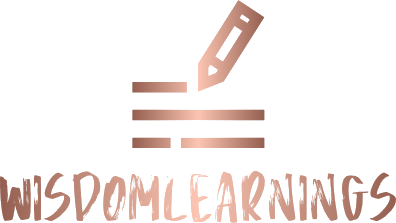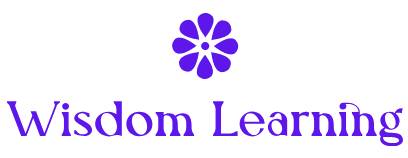Table of Contents
Achieving a healthy work-life balance is essential for maintaining overall well-being and satisfaction. The modern work environment often blurs the lines between professional and personal life, leading to stress, burnout, and reduced quality of life. Finding harmony between your job and personal life requires intentional strategies and a commitment to setting boundaries. Here’s how to achieve a balanced and fulfilling life.
Understanding Work-Life Balance
Work-life balance refers to the equilibrium between the time and energy you devote to your work and your personal life. It involves managing your career responsibilities while also ensuring you have time for family, hobbies, self-care, and relaxation. Striking the right balance helps improve job satisfaction, reduce stress, and enhance overall well-being.
Strategies for Achieving Work-Life Balance
1. Set Clear Boundaries
Establishing boundaries between work and personal life is crucial for maintaining balance.
How to Set Boundaries:
- Define Work Hours: Clearly define your work hours and communicate them to your colleagues and supervisors. Avoid working outside these hours unless absolutely necessary.
- Create a Workspace: If you work from home, designate a specific area for work to help separate professional tasks from personal activities.
- Unplug After Hours: Turn off work-related notifications and avoid checking emails or taking work calls during personal time.

2. Prioritize Time Management
Effective time management helps you allocate time efficiently between work and personal activities.
How to Prioritize Time Management:
- Plan Your Day: Start each day with a plan, listing tasks and prioritizing them based on importance and deadlines.
- Use Time-Blocking: Allocate specific time blocks for work tasks, personal activities, and breaks. Stick to these blocks to ensure you stay on track.
- Avoid Multitasking: Focus on one task at a time to improve productivity and reduce stress.
3. Learn to Say No

Knowing when to say no is essential for maintaining a healthy balance and avoiding overcommitment.
How to Say No:
- Assess Your Limits: Understand your workload and personal commitments. Avoid taking on additional tasks that exceed your capacity.
- Be Assertive: Politely but firmly decline requests or invitations that interfere with your work-life balance.
- Offer Alternatives: If appropriate, suggest alternative solutions or timelines that better align with your schedule.
4. Foster Open Communication
Open communication with your employer, colleagues, and family members helps manage expectations and build support.
How to Foster Open Communication:
- Discuss Work-Life Balance: Have conversations with your employer about your needs for flexibility, remote work, or adjusted hours.
- Share Your Schedule: Inform family and friends about your work commitments and schedule to help them understand your availability.
- Seek Support: Reach out for support when needed, whether it’s from a mentor, coach, or family member.
5. Incorporate Self-Care
Self-care is vital for maintaining physical, mental, and emotional health. Prioritize activities that rejuvenate and energize you.
How to Incorporate Self-Care:
- Exercise Regularly: Engage in physical activities you enjoy, such as walking, yoga, or sports, to boost your mood and energy levels.
- Practice Relaxation Techniques: Use relaxation techniques such as meditation, deep breathing, or mindfulness to manage stress and enhance well-being.
- Pursue Hobbies: Dedicate time to hobbies and interests that bring you joy and fulfillment outside of work.
6. Create a Supportive Work Environment
A supportive work environment contributes to a better work-life balance and overall job satisfaction.
How to Create a Supportive Work Environment:
- Seek Flexibility: Discuss flexible work options with your employer, such as remote work, flexible hours, or compressed workweeks.
- Build a Positive Culture: Foster a workplace culture that values work-life balance and supports employee well-being.
- Utilize Resources: Take advantage of any available resources, such as employee assistance programs or wellness initiatives, to support your balance.

7. Regularly Evaluate Your Balance
Regularly assessing and adjusting your work-life balance ensures that it remains effective and aligned with your changing needs.
How to Evaluate Your Balance:
- Reflect on Your Well-Being: Periodically assess how well your current balance is supporting your well-being and satisfaction.
- Adjust Priorities: Make adjustments to your schedule and commitments as needed to address any imbalances or stressors.
- Seek Feedback: Obtain feedback from family, friends, or colleagues about how your balance impacts your relationships and performance.
Conclusion
Achieving work-life balance is an ongoing process that requires intentional effort and adjustments. By setting clear boundaries, managing your time effectively, learning to say no, fostering open communication, incorporating self-care, creating a supportive work environment, and regularly evaluating your balance, you can find harmony between your job and personal life. Prioritizing work-life balance not only enhances your well-being but also contributes to greater job satisfaction and overall quality of life. Remember, balance is a personal journey, and finding what works best for you is key to leading a fulfilling and harmonious life.


